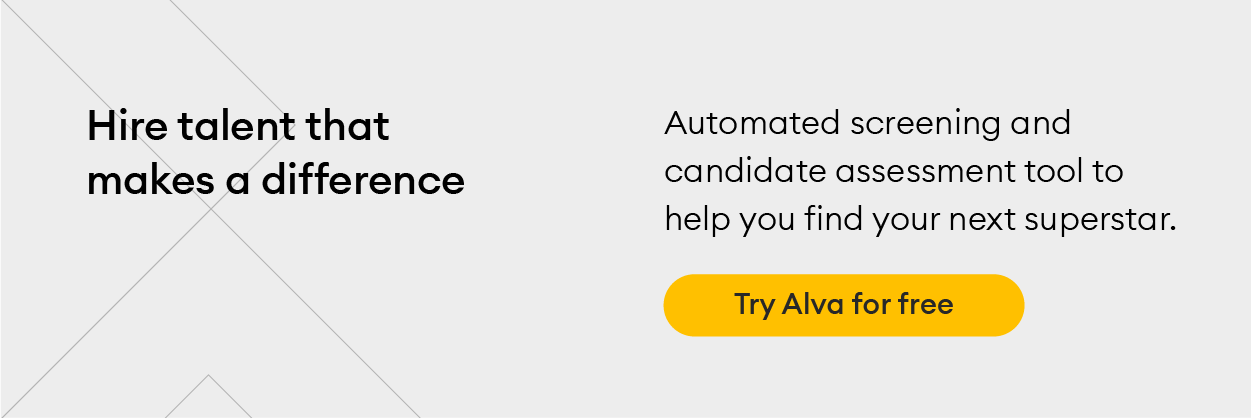Remote work. What began as a temporary fix to our current climate is now a primary consideration for many employers worldwide. This new way of working has positively impacted many businesses and employees alike, improving the employee experience, increasing retention rates, and – maybe most significantly – opening the door to global recruitment. However, this new opportunity hasn’t come without its challenges.
When you factor in the logistics , such as the legal obligations and payroll considerations, it’s clear that companies must be fully prepared to overcome these obstacles and reap the full benefits of going remote.
Is remote work here to stay`?
The COVID-19 pandemic pushed millions of workers around the world to work from home, accelerating a workplace experiment that had previously failed to take off.
Today, the benefits of remote work are well documented, with 77% of workers reporting increased productivity and contentment in the workplace as a result of being able to do their jobs remotely.
However, the remote work revolution hasn’t convinced every company, as many are increasingly calling their employees back to the office.
Subsequently, qualified candidates are rejected purely because of where they live, and employers miss out on vital skills and revenue.
That being said, remote work looks like it’s here to stay. Gallup projects that about 75% of workers will be hybrid or fully remote in the long term. Here’s why you should embrace remote hiring and how to make it happen.
Why remote work is the future
It’s taken a pandemic to show us that we can perform our jobs offsite and can do so without compromising the quality of work or productivity. Thanks to remote work, companies can open their doors to a broader talent pool and reduce operational costs while employees enjoy greater freedom, flexibility, and a healthy work-life balance.
In short, hiring remote talent means:
- A wider, diverse talent pool. Whether you’re looking domestically or globally, you have a better chance at hiring top talent, especially for highly specialised roles and in areas facing local talent shortages – it’s never been easier to tap into global talent pools of highly skilled professionals. This approach will also diversify your team, bringing a range of new global perspectives and skills to the workplace, placing you at a considerable advantage over competitors. Expanding your recruitment strategy beyond your immediate locale can also lead to reduced time to fill roles, saving you money in the long run.
- Reduced overheads: No office space means no real estate costs. If you have an office but allow for remote work, you are still keeping your bills down compared to running an office at full capacity.
- Increased employee happiness: Employees who are allowed to work remotely report feeling happier and more productive in their roles. This ultimately contributes to lower employee turnover.
- Enhanced productivity: Interestingly, a study of remote employees at Fortune 500 companies showed that most people kept up their productivity levels or exceeded them when working outside the office.
How to attract remote talent
Hiring a remote team is different than recruiting locally. Widening your candidate pool means working with a larger volume of applications and diving deeper into a competitive marketplace. Moreover, without a well-defined hiring process that factors in candidate engagement, recruiting remotely can get overwhelming.
Below we outline tips to help you attract remote talent successfully.
#1 State the position is remote in your job ad.
This one might seem like a no-brainer, but you’d be surprised at how often companies forget to list whether the position is remote or remote-friendly in their ad. Now is the time to get specific about role requirements, including whether candidates need to be in a particular time zone or continent.
#2 Highlight key perks for remote workers.
Nowadays, it’s not enough to say you allow for remote work or have a flexible work model if you want to maintain an edge over the competition. This perk is something employees have come to expect – companies now need to consider evolving employee expectations.
Some potential ideas include: Professional growth opportunities, free lunches delivered to homes, a coworking space pass, a home office allowance, inclusive workshops, etc.
#3 Work on your employer branding.
Employer branding is not your company brand. Rather, employer branding is what your employees and candidates think about you as an employer.
The end goal of your employer brand is to attract high-calibre candidates and retain employees, and the best way to do this is by building a powerful digital presence. Show, not tell, why your organisation is the ultimate place to work.
Related reading: Employees can be powerful assets to have in your corner. Discover how to create an employer brand that sets you up for attracting and influencing the best talent.
#4 Post your job ad on international job boards.
Remote workers don’t usually job hunt in one place. Rather, they rely on multiple websites. To maximise outreach and increase your chances of finding suitable candidates, cast the net wide. Embrace both larger online employment marketplaces like LinkedIn and small community forums for niche industry groups. If you’re recruiting globally with a specific country or region in mind, find out which local online job boards are popular to ensure top talent has access to your ad.
How to hire remote talent
Just like an in-person hiring process, remote hiring should be equally streamlined and structured. More importantly, it must lead to positive hiring outcomes and reduced turnover.
#1 Calibration check
The first and arguably most important step is to sit down with relevant stakeholders and define the role clearly, including the expectations and needs for the remote position.
Factors to discuss include:
- What are the specifics behind your company’s remote policy?
- What country or time zone do you want to hire from?
- What tools do you need to invest in to ensure remote employees can do their jobs to the best of their ability?
- How will remote employees feel welcome and included when working online?
- Is your remote work culture well defined?
#2 Optimise your hiring process.
A poorly structured hiring process will ultimately cause companies to lose out on candidates — or worse, spend time and resources hiring the wrong candidate who will leave your organisation within six months.
When establishing your hiring process, consider the following tips:
- Raise the bar. Rather than narrowing your talent pool, open the door to people from all walks of life. To do this, make your job ad as inclusive as possible, which increases your chances of attracting candidates from all backgrounds. While you might not find a candidate who fits your exact profile, the important thing here is to find someone with great potential to thrive in the position.
- Look beyond the traditional role requirements. Rather than exclusively looking at years of experience or hard skills, select candidates with transferable skills to bring to the table.
- Use data to inform your hiring decisions. Increase your quality of hire by using candidate assessments to get an accurate picture of candidate role fit. Usually, it’s recommended to use these assessments as the first step in your hiring process. This method quickly rules out candidates not considered suitable for the role, helping you instead to spend more time with shortlisted applicants in interviews.
- Hold structured interviews. Reduce confirmation bias by having an organised, structured interview process where each candidate gets asked the same questions and is scored on a set rubric. Try to have at least two interviews — one with the talent acquisition manager to determine soft skills and how past experience informs their ability to do the job — and one with the hiring manager to determine the candidate’s job readiness.
- Conduct a case study. Case studies are an effective way to test a candidate’s competencies. This includes testing for technical skills, social skills, and behavioural skills.
- Onboard efficiently. Ensure you spend enough time explaining the role, company culture, and expectations in your onboarding kick-off meeting. Next, set up a time each week for the new hire to meet with their manager and other team members to get to know the position inside out.
#3 Automate your hiring process.
Keep track of candidates from start to finish using an all-in-one hiring platform. These systems help you run all aspects of your hiring process seamlessly, from application submission and candidate communication to candidate assessments, interviews, and final offers.
#4 Shortlist candidates by skill and potential.
One of the most efficient ways to shortlist candidates is to use a candidate assessment tool. This allows you to quickly spot the best candidates to engage with and select those with the highest potential to proceed to the interview stage.
Criteria to look for in a remote employee include:
- Their ability to work independently
- Strong communication skills
- How independent and proactive they are
At Alva, we offer three assessments, including the logic reasoning assessment, the big five personality assessment, and a suite of coding tests to help hiring teams find the best engineering talent.
With Alva’s assessments:
- Spend time where it matters. With the role-fit feature, see which candidate best match your requirements
- Hire for impact. Lessen unconscious bias when screening candidates and discover hidden gems in your talent pool.
- Empower your candidates. Reduce candidate drop-offs with a remote-friendly, seamless user interface. Candidates only need to take the assessments once and can easily share their results.
- Real world coding tests. Assess developers with problems they face in real life.
#5 Ask the right interview questions.
Remote workers need to possess certain qualities that come with working virtually.
In particular, remote workers need to be organised self-starters with expertise in managing their own time and completing deadlines. Evaluating these qualities during interviews is essential.
Some questions to ask include:
- Do you have previous experience working remotely?
- How do you motivate yourself at work?
- What’s your experience working with teams in different time zones?
#6 Make sure you’re compliant with employment law.
As an employer, you want to ensure that your organisation is covered legally and that your contractual obligations to your remote teams are met. You also want to ensure you comply with labour laws and payroll regulations, particularly if hiring in a new country where the laws may vary drastically from your home country.
An easy way to do this is to enlist the help of an Employer of Record (EOR) provider.
Hire remote with an Employer of Record Provider
EORs help companies hire remote global talent quickly and compliantly. G-P is one such provider.
As Alva's partner, G-P helps companies with international growth, unlocking the power of global teams with industry-leading technology. They help companies with complex and time-consuming processes involved in compliance, payroll, recruiting, onboarding, and team management, freeing up time for organisations to do what they do best: grow their people and business.






